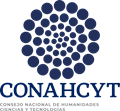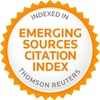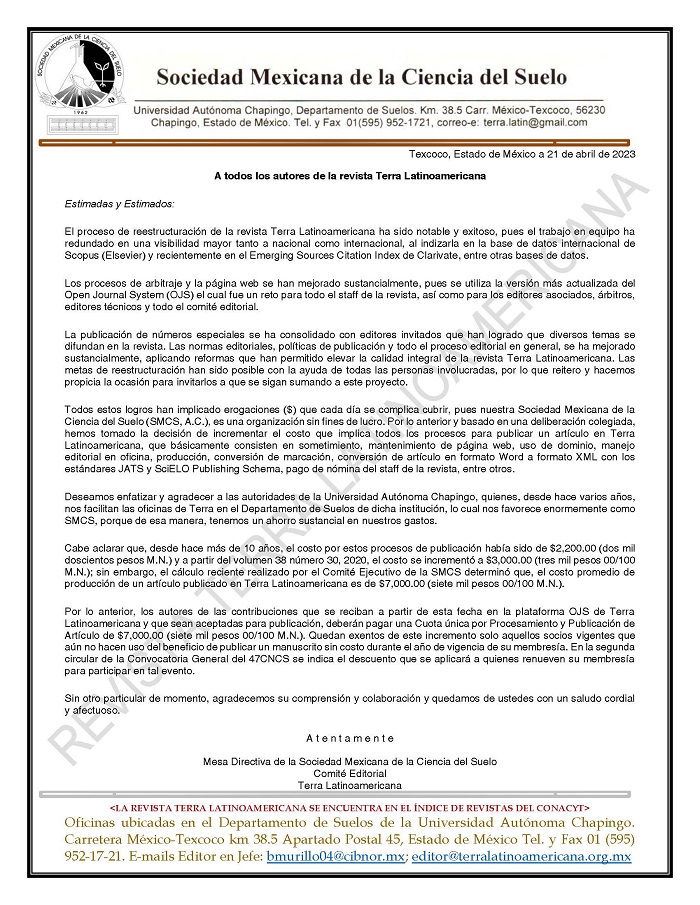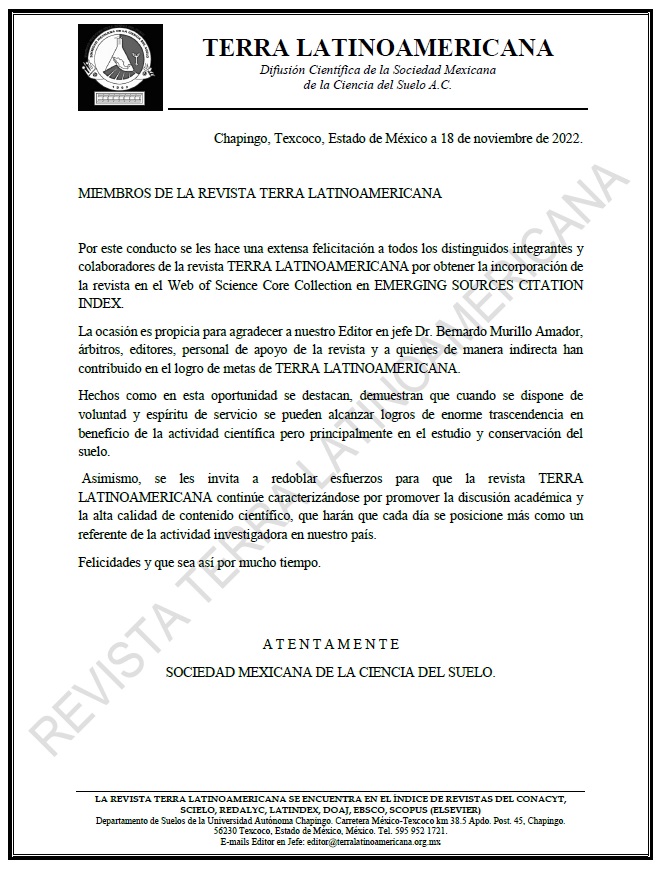Rhizospheric and Endophytic Bacteria with PGPB Potential Isolated from Maize Crop (Zea mays L.) in Chiapas, Mexico
DOI:
https://doi.org/10.28940/terralatinoamericana.v43i.2002Keywords:
16S rRNA, plant growth, microbial ecology, beneficial microorganismsAbstract
Maize (Zea mays L.) is a crop of significant agricultural and socio-economic importance worldwide. The search for and application of plant growth-promoting bacteria (PGPB) represent a sustainable strategy to enhance agricultural productivity. This study aimed to identify and characterize rhizospheric and endophytic bacterial strains with PGPB potential associated with maize in soils from Chiapas, Mexico, using molecular techniques and in vitro assays. The nitrogen-fixing ability, phosphate solubilization, and siderophore production of each strain were evaluated. Genetic diversity was assessed using ERIC-PCR genomic fingerprinting, and strain identity was confirmed through 16S rRNA gene sequencing. A total of 46 strains were isolated and grouped into 26 genomic patterns. The isolates belonged to the genera Klebsiella,
Acinetobacter, and Pseudomonas, followed by Pseudacidovorax, Stenotrophomonas, and Ochrobactrum. The Klebsiella genus exhibited notable capacities for phosphate solubilization, siderophore production, and nitrogen fixation. The specific conditions of the study site played a crucial role in obtaining beneficial microorganisms. These findings highlight the potential of rhizospheric and endophytic bacteria isolated from maize as promising sources for identifying microorganisms with biotechnological applications, contributing to improved crop sustainability and productivity.
Downloads
Publication Facts
Reviewer profiles N/A
Author statements
- Academic society
- Terra Latinoamericana
- Publisher
- Mexican Society of Soil Science, C.A.

















